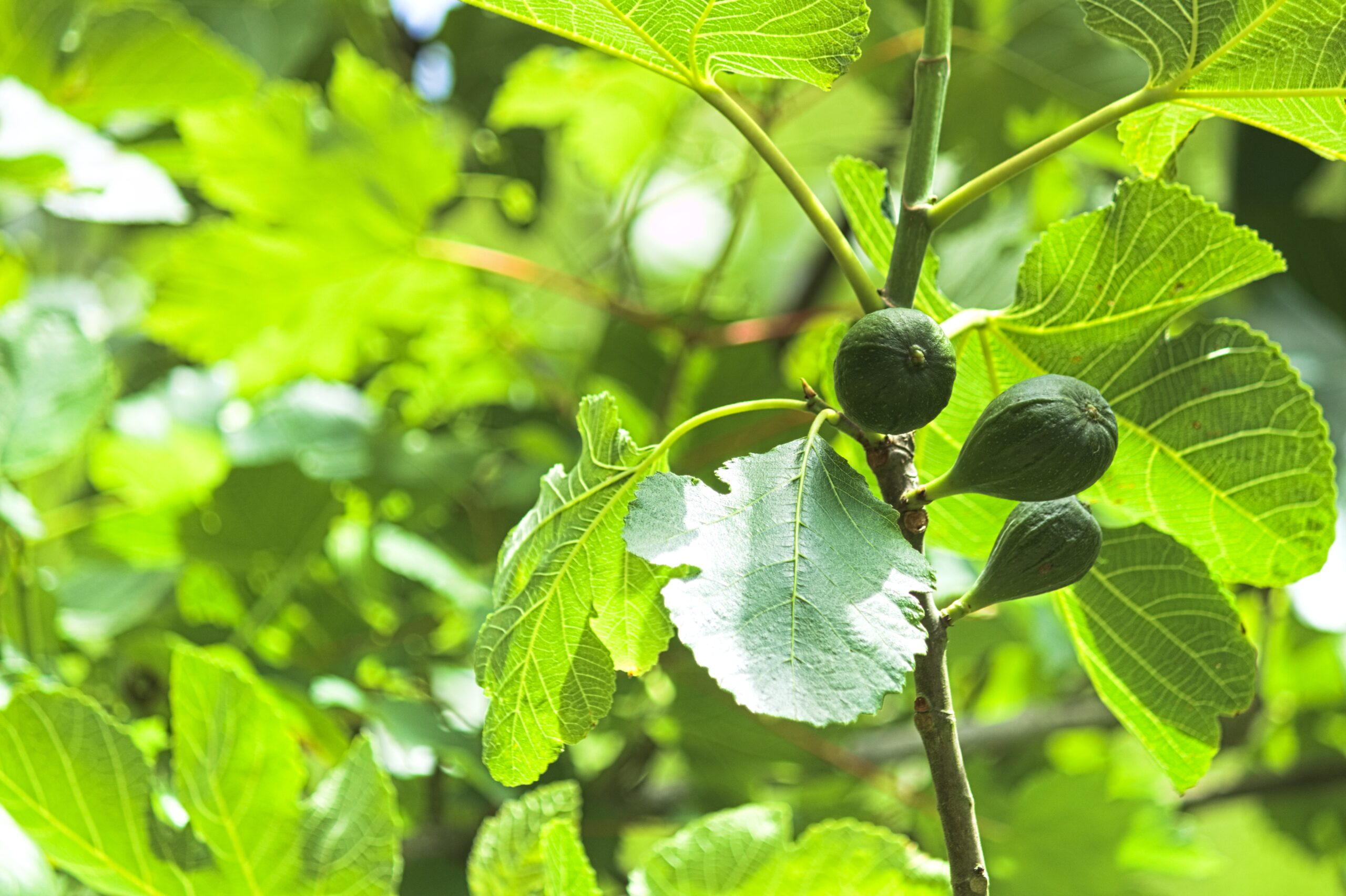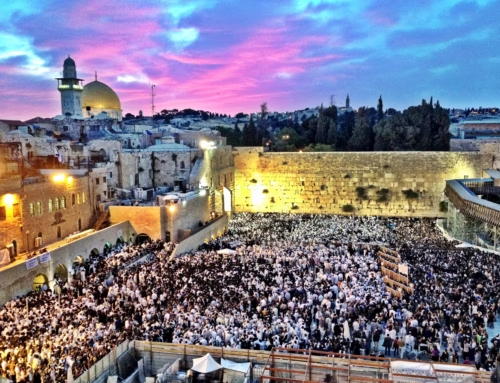Tu Bishvat: the fig tree in the Bible
Tu Bishvat, the New Year of Trees, reminds us that the Jewish people and the State of Israel are a nation of hope. The holiday falls in the middle of winter when the trees look lifeless and dry as there is not a leaf to be seen. Tu Bishvat then teaches us to look beyond what we see on the surface. The hope of budding is still there.

The fig tree is the third tree mentioned by name in the Bible, after the Tree of Life and the Tree of Knowledge. Photo: Pxhere
Tu Bishvat falls on the fifteenth of the month of Shvat, which this year is January 25. What is associated with this day is the eating of fruit that grows in Israel, usually one of the “seven kinds” mentioned in Deuteronomy 8:8: “It is a land of wheat and barley, with vines and fig trees and pomegranate trees, a land of olive trees and honey”, where honey can also refer to fruit syrup, for example, from dates.
The fig tree is the third tree mentioned by name in the Bible, after the Tree of Life and the Tree of Knowledge: “And they fastened together fig leaves and made themselves loincloths”.
The fig tree is then mentioned about 60 times in the Bible, sometimes to describe the fertility of the land or as a symbol of Judah and the land of Israel.
Along with pomegranates and grapes, the scouts brought figs to the people to show them the fruit of the land.
Security and prosperity
During King Solomon’s 40-year reign, we read how “Judah and Israel dwelt in security, each under his vine and under his fig tree from Dan to Beersheba as long as Solomon lived” (1 Kings 4:25). Having one’s own vine and one’s own fig tree was an expression of security, national wealth and prosperity.
The description recurs in Malachi when the prophet describes a coming kingdom of peace:
“For instruction shall go forth from Zion, the word of the Lord from Jerusalem. He will judge between many peoples and rule over powerful heathen peoples, far away in distant lands.
Then they will beat their swords into plowshares and their spears into pruning shears. The people will not raise swords against each other and no longer practice for war. Each one shall sit under his vine and under his fig tree without fear…”
Symbol of the Jewish people
In several passages in the Bible, the fig tree illustrates the Jewish people. In Jesus’ eschatological discourse in which he predicts the destruction of Jerusalem and indicates the signs that will precede his coming, he tells a parable about a fig tree: “Look at the fig tree and all the other trees. When you see them budding, you yourself understand that summer is already close. In the same way, when you see this happening, you can see for yourselves know that the kingdom of God is near. I tell you the truth: This generation will not pass away until all these things take place.”


